How Pie Town, New Mexico, Lives Up to Its Name
Pie Town is a real place, and it’s more than pie that draws visitors to the tiny town.
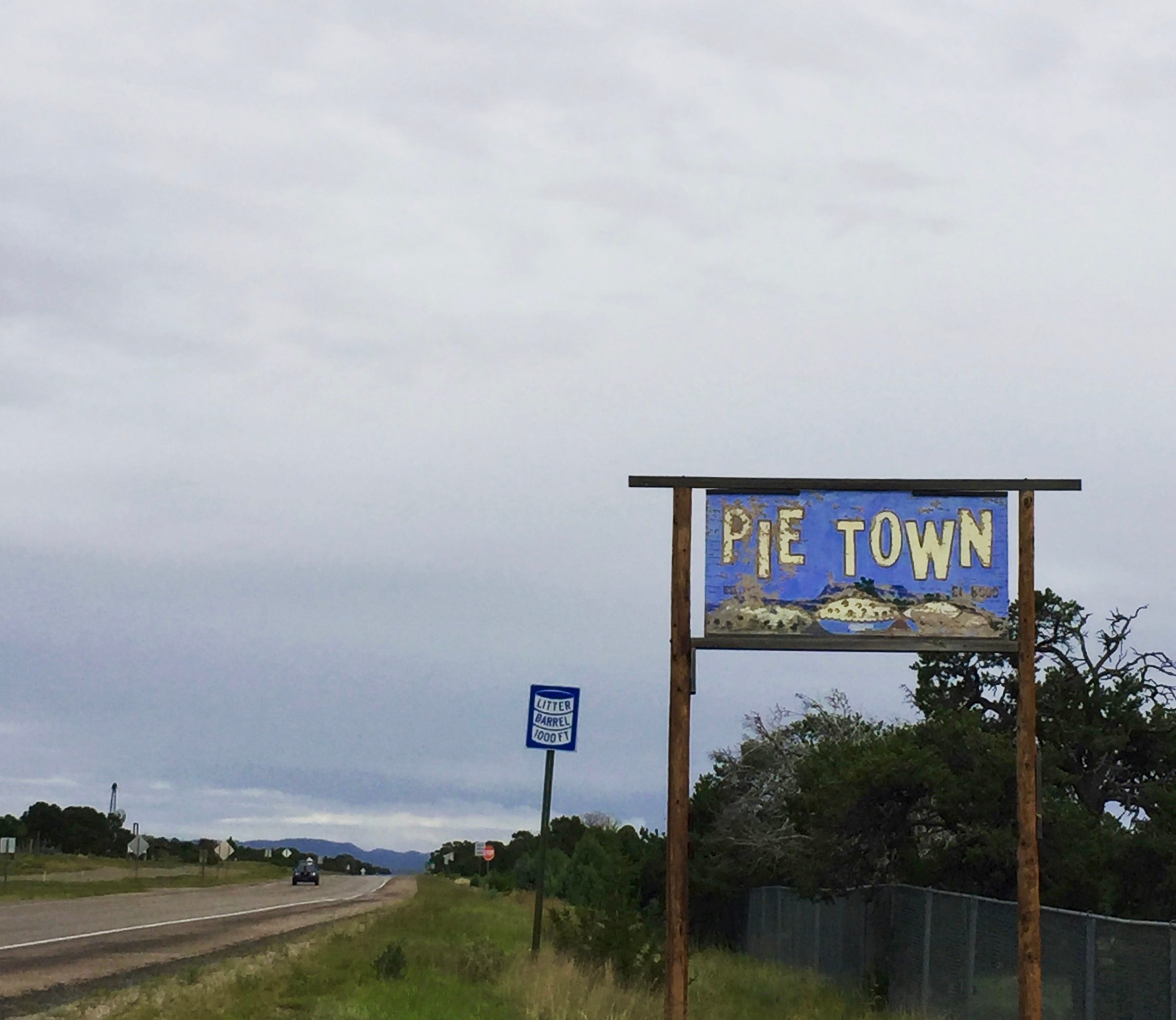
Janine McMurtrey flits from counter to sink to oven in calm, practiced movements. She spreads flour over the counter, measures a cup of lard, and sets a timer. Surrounded by the kitchen’s slamming doors and easy chatter, I’m in what feels like a busy, holiday household. But it’s actually a pie shop in Pie Town, New Mexico.
Pie Town is a real place—a town with no sidewalks or stop lights abutting a stretch of Highway 60 that features faded wooden billboards. From scrappy homesteading roots, the tiny stretch of desert has earned the claim to its name by making its pie a major roadside attraction. But Pie Town is more than a pit stop, and it offers more than just pie. Visitors seem equally drawn by its scrappy spirit, notably warm hospitality, and ability to foster human connection.
As popular lore has it—and it depends who you ask—the town was established when gold prospector Clyde Norman came through with a truckload of dried fruit and never left. Finding no riches, he and his wife sold dried fruit pies to cowboys out of a tiny gas station.
The town likely owes its existence to the Homestead Acts, which offered free land to families that “improved” it by building cabins and planting seeds for farmland. In the 1900s, homesteaders heading west settled in Pie Town. Early farmers grew pinto beans, and a shop in town, one resident tells me, was known for its pinto bean pies.
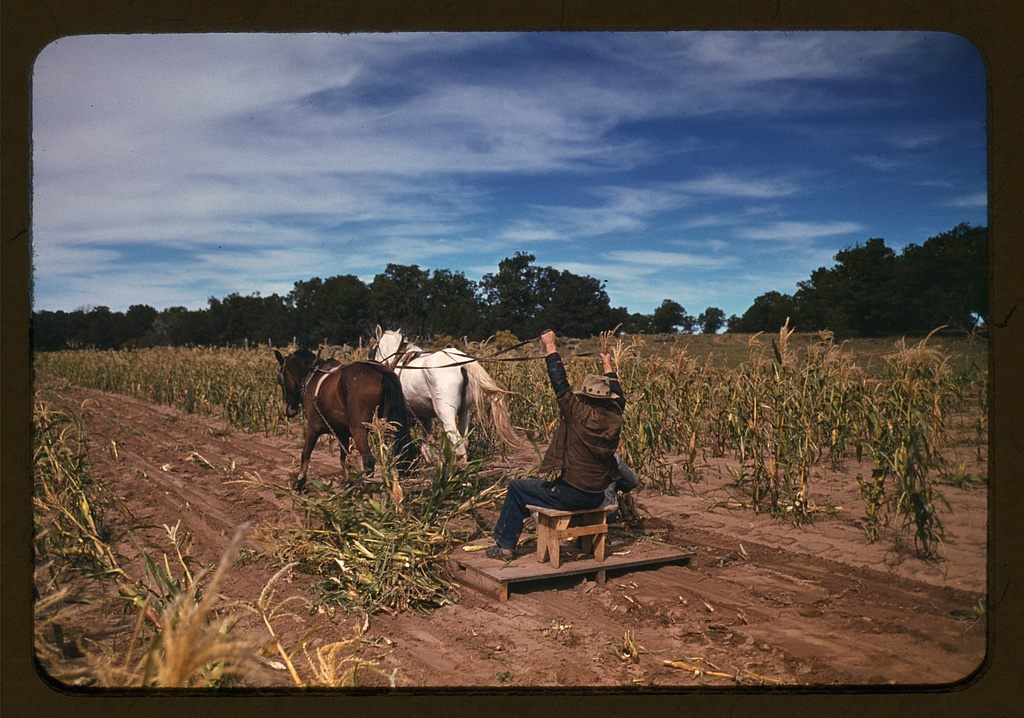
At this early point in its history, Pie Town displayed the attitude that still defines the town. In the old days, resident Nita Larronde says, Pie Town was barely on road maps. The town had to petition just to get a post office. To secure one, Pie Town residents were asked, in 1927, to suggest three other names for their settlement. “The name was beneath the dignity of the post office,” Larronde says. “But the people of Pie Town decided, ‘No, we’re Pie Town. You can take your post office and go to hell.’”
Larronde demonstrates some of Pie Town’s quirks herself. A proud Pie Towner since 1981, she hosts backpackers at a cozy hostel on her property. It’s called the Toaster House, and the entryway is hung with about a dozen of the appliances.Living in Pie Town’s remote, desert location has always required resilience. In 1942, a Pie Town resident leaving his homestead wrote on the gate, “I may go to hell but I’ll never come back to you.” Some comforts have since arrived, but making pie in Pie Town still isn’t easy. McMurtrey, the pie shop owner, makes her six-inch pies with real lard and creative fillings, such as blueberry-butterscotch and apple-cranberry-walnut. But food distributors like Sysco won’t deliver to Pie Town, so every week, she or her boyfriend, Mike, drive 130 miles to Costco, Sam’s Club, and Penzey’s Spices in Albuquerque.
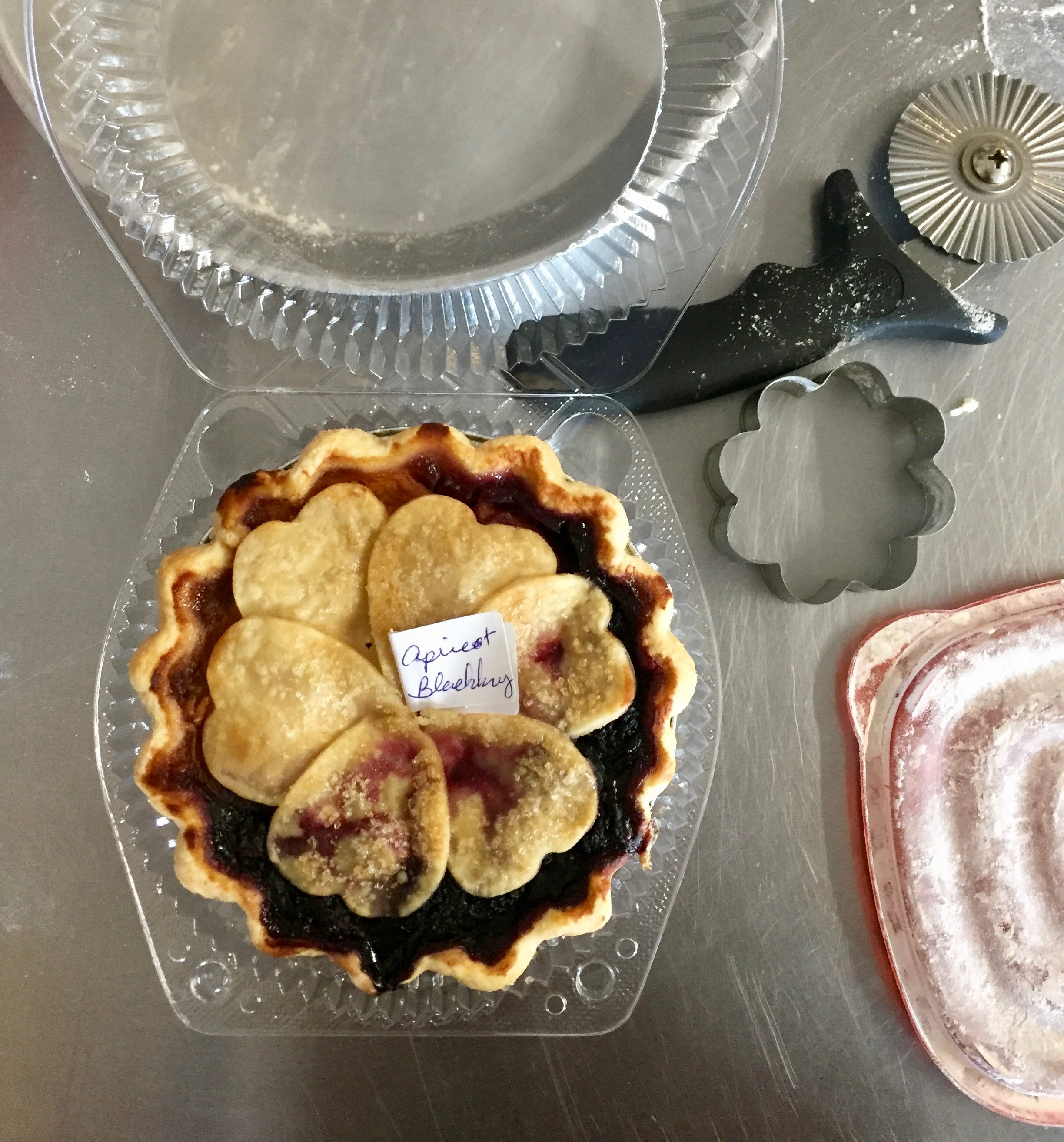
McMurtrey is tall and lean, with a blonde blowout and smile to match. When she retired to Pie Town seven years ago, she didn’t think the town needed a fourth pie place. She opened a gift shop, but the dessert business slowly took over. “People kept coming in and going ‘Oh, do you have pie? Do you have pie?’” she says.
Rather than compete with one another, the pie shops coordinate to maximize business for everyone—a nod to the tight-knit community Pie Town developed as a homesteader outpost. McMurtrey’s eatery, the Gatherin’ Place, sells 50 to 140 pies a day, five days a week. She says she was glad to give other shops a boost in traffic when she decided to close on the weekends.
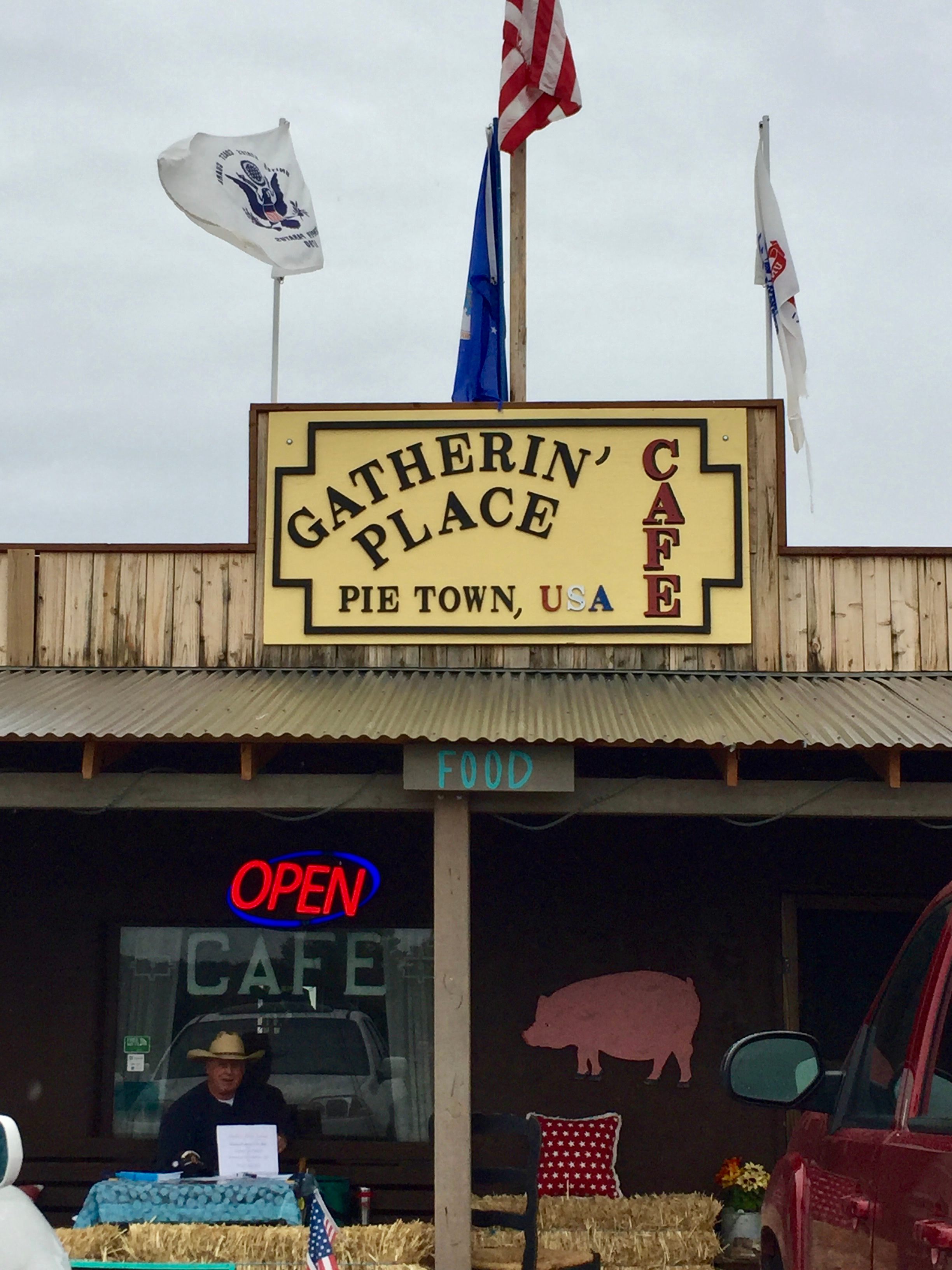
In 1990, though, there was no pie in Pie Town. That changed after Kathy Knapp and her mother, Mary, stopped in town for a slice. Taken aback, they opened a pie shop in Pie Town, which is now the Pie-O-Neer. Knapp is a bit of a celebrity: She’s the subject of the 2014 documentary The Pie Lady of Pie Town.
Knapp’s story isn’t the only account of Pie Town. For a tiny town, it has been the subject of an outsize share of scholarly writing, documentaries, and articles. As far back as 1940, photographer Russell Lee chose Pie Town as a star subject for a government-backed project to document the Great Depression.
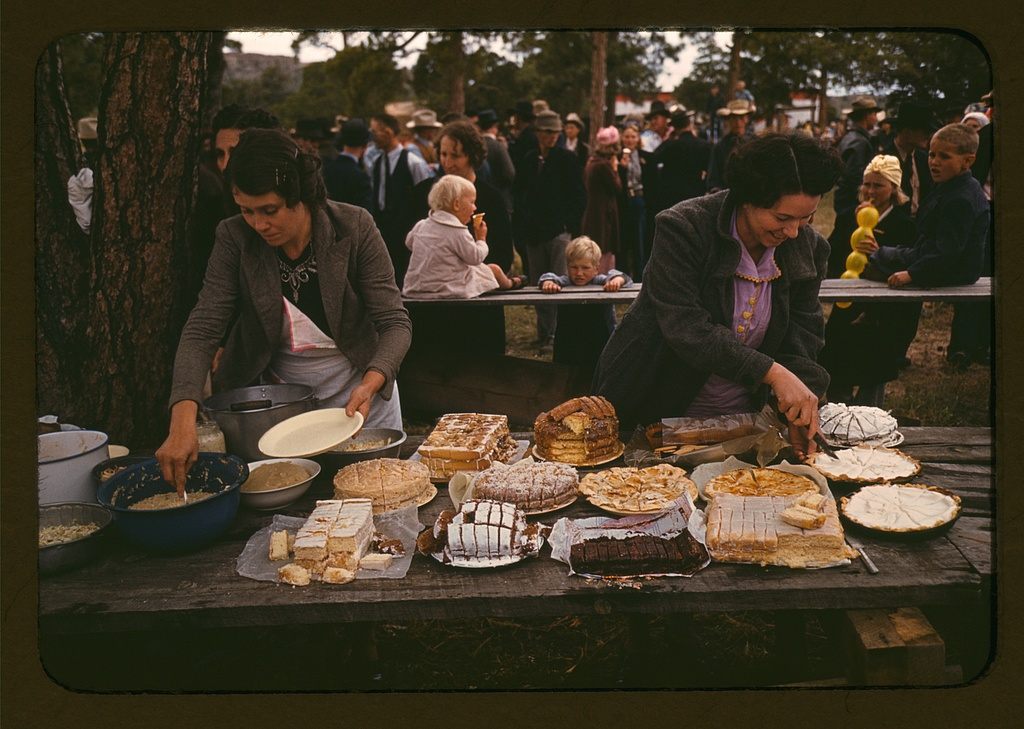
Everyday visitors seem similarly drawn to Pie Town. McMurtrey tells me the town is home to only 67 full-time residents, but boasts three pie shops and has become an obligatory pit stop for road-trippers and Continental Divide hikers. Thousands of visitors arrive every September, too, for its annual Pie Town Pie Festival, which features pie-eating competitions, pie-baking contests, and the crowning of a Pie Queen and King.
Hospitality and small-town generosity probably have something to do with the town’s appeal. In 2007, Larronde, the hostel owner, shared the June Curry Trail Angel Award for hospitality with Mary Knapp, whom she used to work with at the Pie-O-Neer. (A national cycling association gives the award to generous individuals for acts of goodwill.) Larronde, who enjoys making pear-ginger and New Mexico apple pie, raised five kids in town and hasn’t thought to leave. “I walk around, I grow a few things, I watch the dark skies,” she says. “I find Pie Town enchanting.”
McMurtrey, meanwhile, is full of stories about travelers. There’s a map in one corner of the Gatherin’ Place with pins stuck where tourists came from, and it’s so crowded that the borders are barely visible.
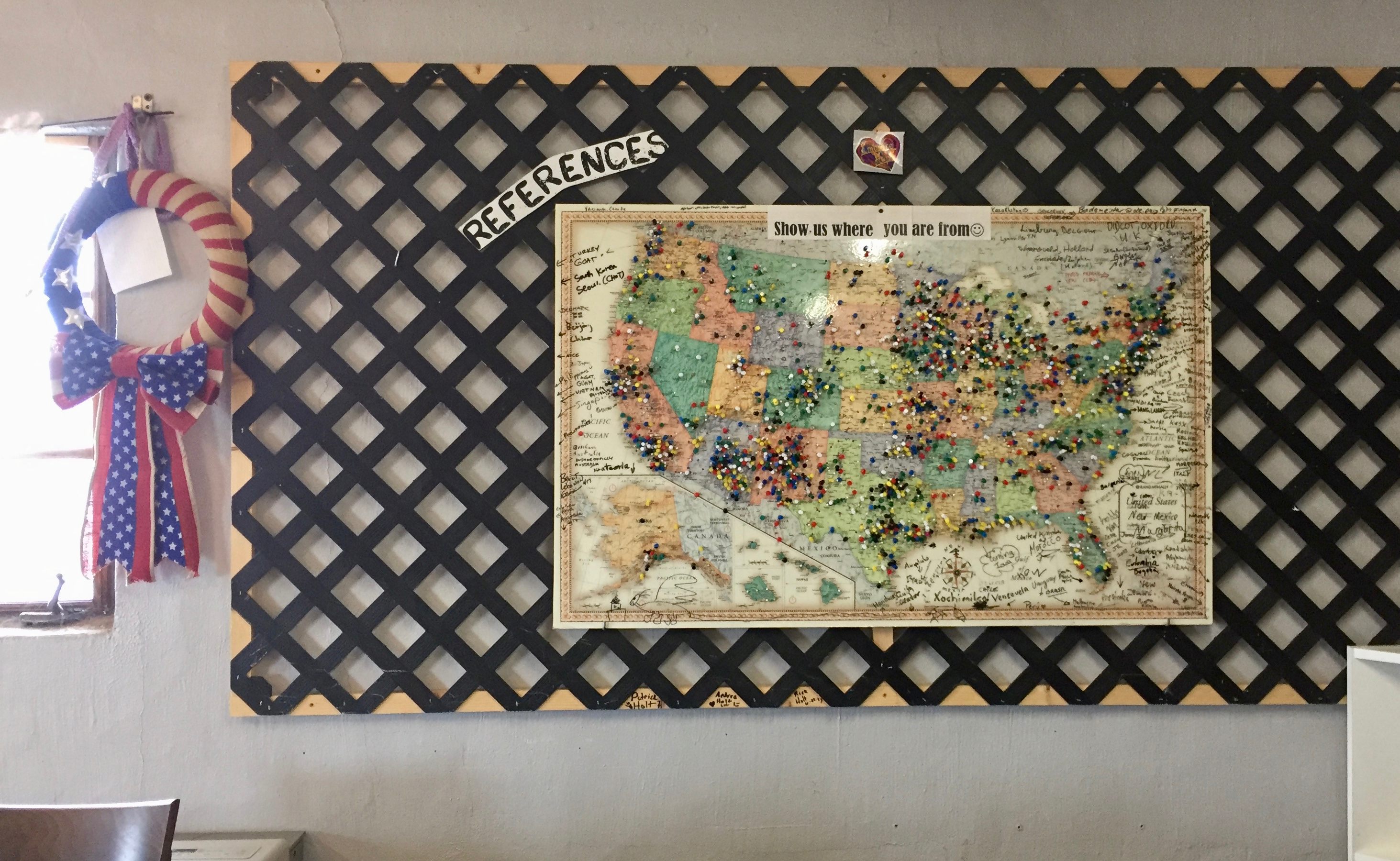
Beyond the draw of pie, there’s the closeness that comes with being welcomed into the tiny community—even if outsiders sometimes need a nudge to get into the spirit of the town. “We’ve seen tables of people on cell phones,” McMurtrey says. “Open your mouth, use your words!” She only sets up a few, large tables in the dining room, she says, “So people will visit.”
While directing her assistant, Tiffany, through the assembly of pecan custard pies, McMurtrey explains how she once gave a girl hiking the Continental Divide Trail a spoon. Months later, she received a postcard. “It said, ‘Thank you for the spoon. It’s going on all my adventures with me,’” she recalls. Thinking of it, McMurtrey tears up. “I have chill bumps,” she says. “Just meeting people like that, whether I make a dime or not, it’s those people that you meet.”
Gastro Obscura covers the world’s most wondrous food and drink.
Sign up for our email, delivered twice a week.





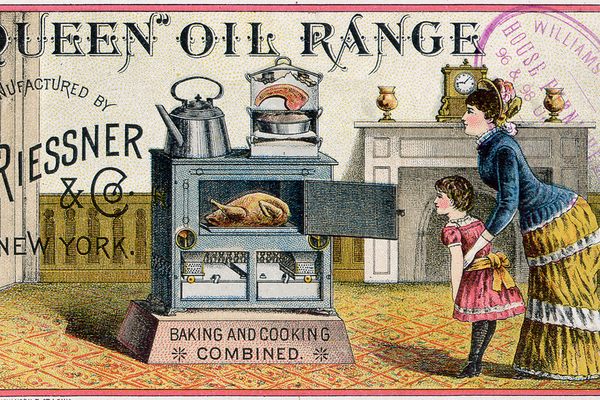
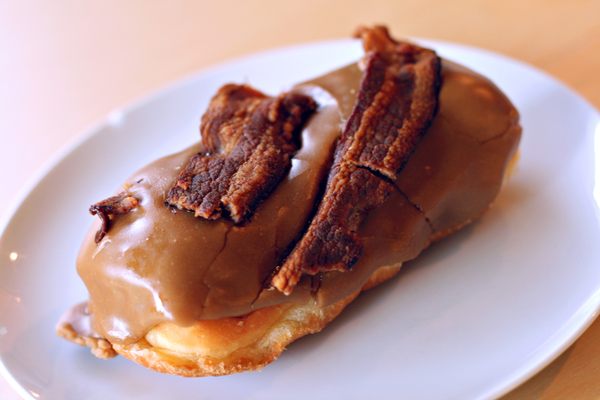

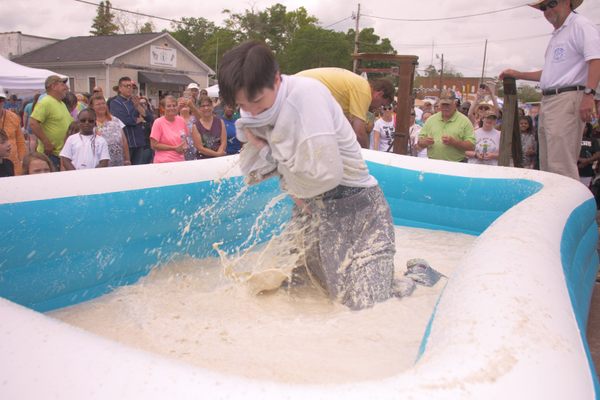
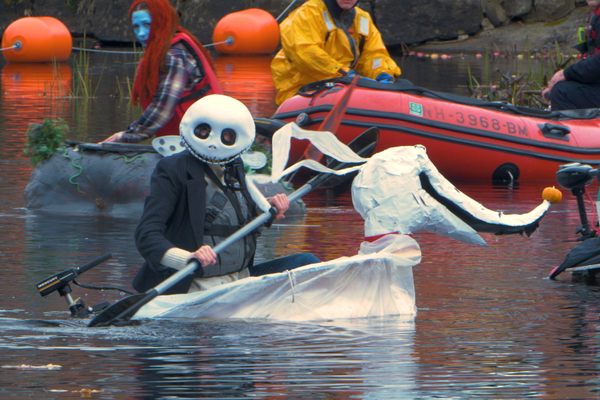















Follow us on Twitter to get the latest on the world's hidden wonders.
Like us on Facebook to get the latest on the world's hidden wonders.
Follow us on Twitter Like us on Facebook